How to Choose the Right Portable Power Station
Portable power stations are also known as power banks. Unlike the pocket-sized ones which can only charge your phone 1-2 times, portable power stations usually have the capacity of more than 500Wh, they can charge your iPhone more than 45 times and keep a 10W LED light on for 17+ hours. If you like camping, or you are looking for an alternative energy source, a portable power station is a good choice.

Contents
Why do you need a portable power station?
Portable power stations applications.
Things to consider before buying a portable power station.
Safety information for portable power stations.
Why do you need a portable power station?
Portable power stations help you feel comfortable outdoors and enjoy the fun.
Camping is fun if you love the outdoors, but being outdoors doesn't necessarily mean you have to forgo all of your modern luxuries or comforts. If you'd rather use a heater than build a fire, why not? If you want to be able to watch movies or play games on your phone, that is also possible.
Portable power stations are good backup power sources for home use.
Modern lifestyles depend entirely on electricity, so it’s better to make sure that you are prepared in the event of a power outage. Portable power stations keep your refrigerator going within a certain time, and you can enjoy a movie or play video games to make time passes by.
Portable power stations keep your gadget powered up when you are on the go.
When taking a long trip, who doesn't like to open the refrigerator and take out a can of ice coke? Or sending work emails without worrying about the laptop’s battery level.
You can charge portable power stations with solar panels.
Solar panels and power stations make a good solar generator, compare to big and noisy gas generators, they are cleaner, quieter, and easier to handle.
Portable power stations are small, quiet and easy to use.
Most portable power stations are in lunch box size, you can easily carry them around with one hand. They do not make noise, do not emit smoke and do not need - almost - maintenance, all of which makes them very easy to use. You will also have clean and renewable energy.
Portable power stations are safe.
Portable power stations are massive batteries that you lug around with you on the go, and they have a battery management system to ensure safety. With multiple solutions for over-current protection, short-circuit protection, over-discharge protection, over-charge protection, over-voltage protection and thermal protection, this system will monitor the health of each cell and battery, which protects the safety level of the battery and the system, thus improving the battery life. Power stations of quality brands even aligned with the highest industry standard for battery - a quality equivalent to that of electric cars.

Portable power stations applications
The most common use of portable power stations is camping, but they are also very useful in other outdoor activities and home emergencies. Portable power stations are ideal for recharging electronic devices or connecting small low-consumption appliances.
The applications include:
- Camping
- Fishing
10 Things You Must Know About Portable Power Stations for Camping and Fishing
- Sailing
- RV traveling
- Outdoor working
- Outdoor leisure
- Home emergencies
- Back-up energy for electric vehicles
- Power source for e-bikes
- Medical backup
- Off-grid living
And more...
Things to consider before buying a portable power station.
How much electricity do you need for the power station?
One of the first things you need to look at when buying a portable power station is the battery capacity.
It is recommended to choose a power station with a battery that exceeds the consumption of your electrical appliances, so you make sure you have energy even between recharges. Here is the formula for calculating the power required by your appliances: Time(h) x Watt(W)=Watt Hour(Wh). For example, keeping a 10W LED light on for an hour requires 10Wh of electricity. It should be noted that the energy conversion rate is not 100%, and about 10% - 20% of the electricity will be lost due to heating and other reasons.
Greater battery capacity means the power station will be able to keep your devices running for a longer period of time before recharging. Here is the capacity comparison of 6 Bluetti portable power stations as an example.
Please note that the following data are based on the most similar products in the market, the actual use will vary according to your device.
|
Capacity |
500Wh |
1200Wh |
1500Wh |
1800Wh |
2000Wh |
2400Wh |
|
Recommend Product |
||||||
|
iPhone |
45 recharges |
98 recharges |
128 recharges |
150 recharges |
185 recharges |
220 recharges |
|
Laptop |
7 hours |
17 hours |
21 hours |
25.5 hours |
28 hours |
34 hours |
|
Digital Camera |
23 recharges |
61 recharges |
84 recharges |
95 recharges |
100 recharges |
120 recharges |
|
Drone |
7 recharges |
17 recharges |
21.5 recharges |
25.5 recharges |
30 hours |
34 recharges |
|
Projector |
2 hours |
5.1 hours |
6.8 hours |
7.6 hours |
8.5 hours |
10.2 hours |
|
Mini Cooler |
7 hours |
17 hours |
21 hours |
25.5 hours |
30 hours |
34 hours |
|
Bluetooth Speaker |
50 recharges |
140 recharges |
186 recharges |
220 recharges |
240 recharges |
280 recharges |
|
10W light |
29 hours |
95 hours |
127 hours |
145 hours |
180 hours |
220 hours |
|
Fridge |
2.5 hours |
6.8 hours |
8 hours |
10.2 hours |
11 hours |
13.6 hours |
|
Washing Machine |
/ |
2 hours |
2.3 hours |
3 hours |
3.4 hours |
4.1 hours |
|
TV |
3 hours |
9.2 hours |
12 hours |
14 hours |
15.5 hours |
18.5 hours |
|
Coffee Maker |
/ |
1.7 hours |
2 hours |
2.5 hours |
2.8 hours |
3.4 hours |
|
CPAP |
7 hours |
25.5 hours |
30 hours |
38 hours |
40 hours |
51 hours |
|
Hair Dryer |
/ |
0.4 hours |
0.6 hours |
0.8 hours |
1.1 hours |
1.4 hours |
|
250W e-bike (10Ah battery) |
1 recharge |
3 recharges |
3.5 recharges |
4 recharges |
5 recharges |
6 recharges |
The battery type of the power station
Usually, portable power stations use lithium-ion batteries, because they have large capacities, weigh little, and can withstand more than 80% discharge. However, you can find power stations with AGM or gel-type batteries, both are cheaper options. But AGM batteries have a big disadvantage, they are sensitive to the depth of discharge. This means the deeper the battery is discharged, the fewer cycles it has. So lithium-ion batteries boast a much longer cycle life.
There are different types of Lithium-ion batteries, including LFP and NMC batteries. Among them, NMC batteries have high specific energy or power. This limitation of either ‘energy’ or ‘power’ makes them more common in power tools or electric vehicles.
The inverter power of the power station
Another important factor in a power station is the output power of the current inverter. If it is low, it will not be capable to start some devices. Make sure that the inverter's working power, or watts of alternating current, is sufficient to charge the devices you plan to connect to the power station. For example, most computer USB ports supply 5V of electricity with a maximum current of 0.5A. This means the overall power output will be 2.5 Watts at best. And the input wattage of an iPhone is at least 5W, if you charge your iPhone with a computer USB port, it will be very slow.
Let’s take Bluetti EB120 as an example, it equipped with 4 5V/3A USB ports, which is 15W, good enough for most electric devices including laptops, mobile phones, digital cameras, RC drones, etc.

The size and weight of the power station
Before buying a portable power station, ask yourself some questions: How portable do you need? How much space do you have? Do you have a place to put it? It’s better to consider the size and weight of portable power stations because they are usually used in small spaces. If you need a big capacity power station you can find yourself with a surprise at the moment to put it where you think.
Normally power stations with bigger capacities have a larger size because they require more battery cells. Before placing orders, you can check the product size and find an object of a similar size to see if it can fit the place you intend to put it.
|
Product |
||||||
|
Capacity |
500Wh |
1200Wh |
1500Wh |
1800Wh |
2000Wh |
2400Wh |
|
Size |
278 x 200 x 198 mm |
293.5 x 165.4 x 364.7mm |
371.5 x 165.4 x 364.7mm |
394 x 165.4 x 364.7mm |
420 x 280 x 386mm |
493.5 x 165.4 x 364.7mm |
|
Weight |
7.5kg |
12.6kg |
17.2kg |
17kg |
27.5kg |
21.5kg |


The port quantity of the power station
Make a list of all the appliances and devices you may need to charge with power stations, then you can make the right decision about port types and quantities.
Let’s take Bluetti EB55 as an example, you can see it has these ports
4 * AC Outputs
1 * USB Type-C Output
1 * Car Port
4 * USB-A Outputs
2 * DC Outputs
1 * Wireless Charging Pad

The charging methods of the power station
The most recommended way to recharge a portable power station is by using photovoltaic solar panels because it’s clean energy and save money. But it's not the only way, you can also recharge your power station by plugging it into a 220V socket. And some power stations also support charging with your car's 12V socket (the cigarette lighter).

Bluetti AC50S portable power station supports 3 charging methods
Recharge the power station with solar panels
This is the best option if you use the power station outdoors, and it is also the most environmentally friendly. To carry out the recharge, make sure that the panel is well oriented to the sun and has enough power to recharge the portable power station in a day.
Recharge the power station with 220V electrical socket (home electrical socket)
In case you don't have solar panels or you only use the power station a few times, charging it at home through the 220V socket is a good option. Therefore you must use the indicated charger as if it were an electronic device with a battery. When using it, please make sure you will not mistake the polarity.
Recharge the power station with 12V electrical socket (cigarette lighter socket)
Some power stations support recharge with a 12V socket in cars. This is ideal if you run out of power during a commute and you don't have a solar panel or a 220V socket available.
The charging time of the portable power station
It takes a while to fully charge a power station. Normally the larger the battery capacity, the longer it takes to fully charge. You can find the charging time in the product description, normally it takes 4-5 hours for a 120W solar panel to charge a 500Wh power station, 6 hours for a 220V wall socket, and 5 hours for a 12V car outlet.
The cycle life of the portable power station
A complete charge and discharge of a battery is called a cycle, the cycle life determines how long can you use a portable power station before it breaks. If a power stations has 1000+ cycles, it means you can use it for more than 2 years if you charge and discharge it everyday.
Safety Information for Portable Power Stations
In addition to buying your power station from reliable manufacturers, it’s important to know some safety information. Please read the user manual before using your portable power stations.
- Keep your power station dry.
- Use the correct cables and extension cords.
- Don’t frequently overcharge the power station despite it having overcharge protection.
Portable Power Station FAQs
How many years do portable power stations last?
It depends on how well the power station is maintained and how often it's used. Power stations sold on BuyBestGear usually have more than 1000 cycles, 1 cycle means using the product from fully charged to zero charges. If you use your portable power station every day, it will last more than 2 years. But if you use it less frequently, it will last for much longer.
What can I run on a portable power station?
Portable power stations are designed to charge small electronic devices such as phones, laptops, table fans, heavy-duty work lights, CPAP machines, etc. Pay attention to the estimated watt-hours each brand provides in its specs to determine which model makes the most sense for what you'd like to power.
Can a power station run a refrigerator?
It depends on the fridge and the capability of the portable power station. Normally a standard refrigerator has an estimated 600W, so you need at least a 1000Wh power station to run it for more than an hour. Of course, if it’s only a mini-fridge, a portable power station can run it for quite a long time. Please always confirm the electrical requirements for your specific appliance before buying a portable power station, especially the peak and startup watts.
If you have more questions about portable power stations, please send an email to support@buybestgear.com or use the Online Chat




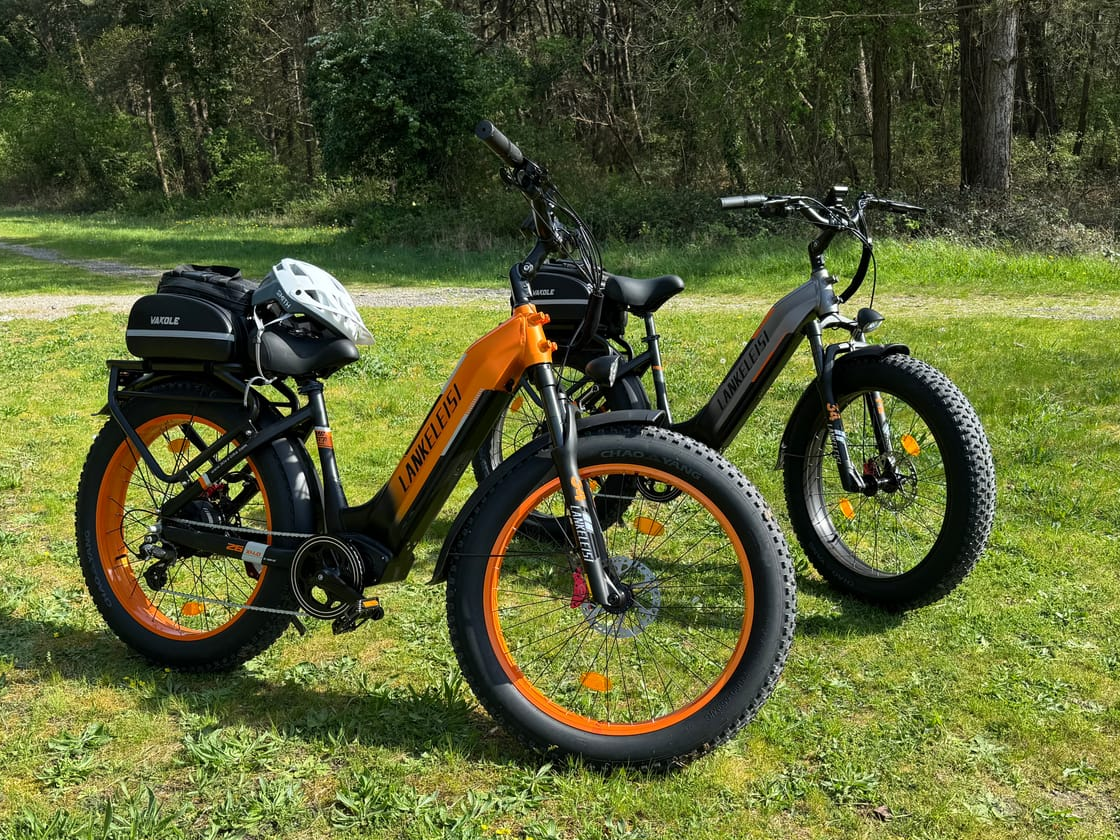
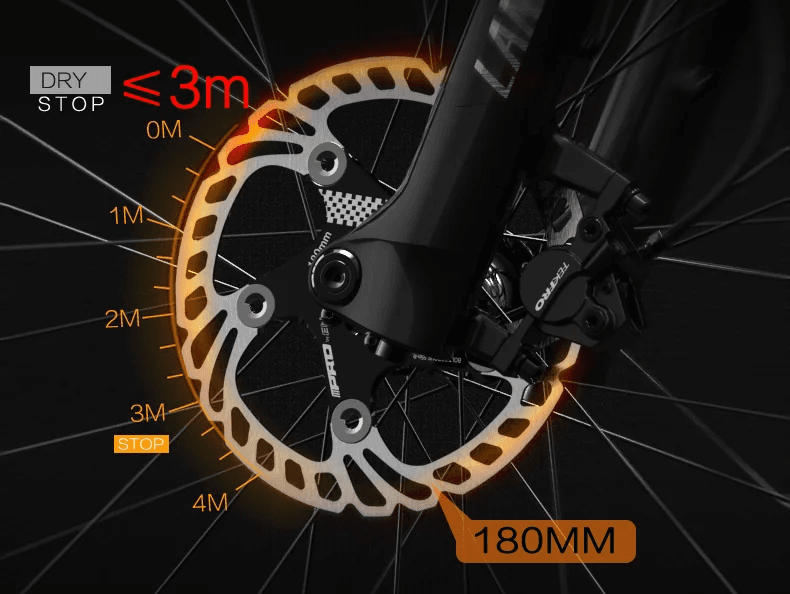
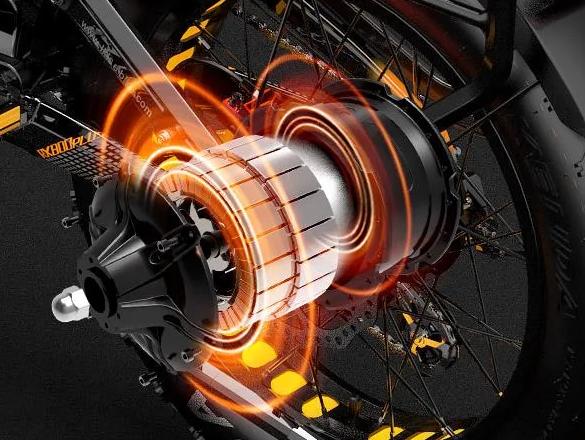

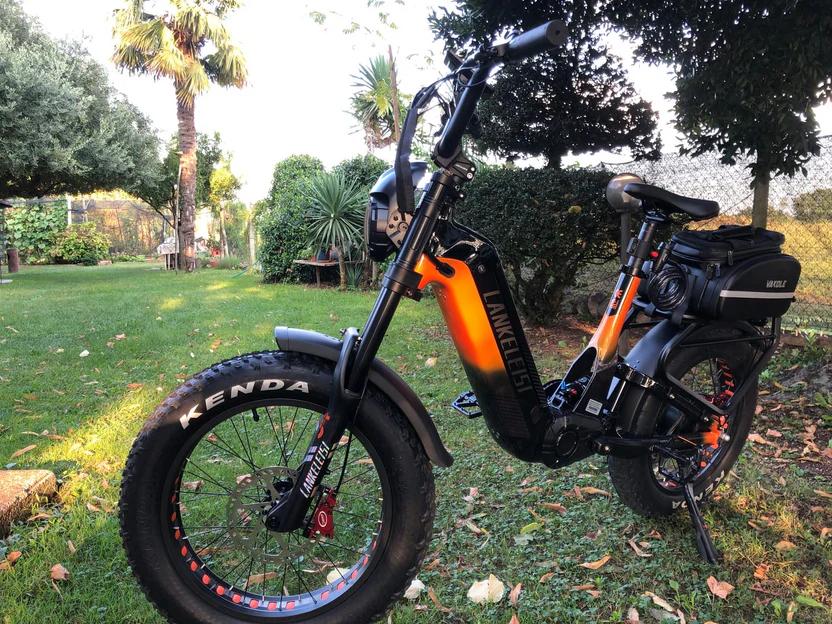
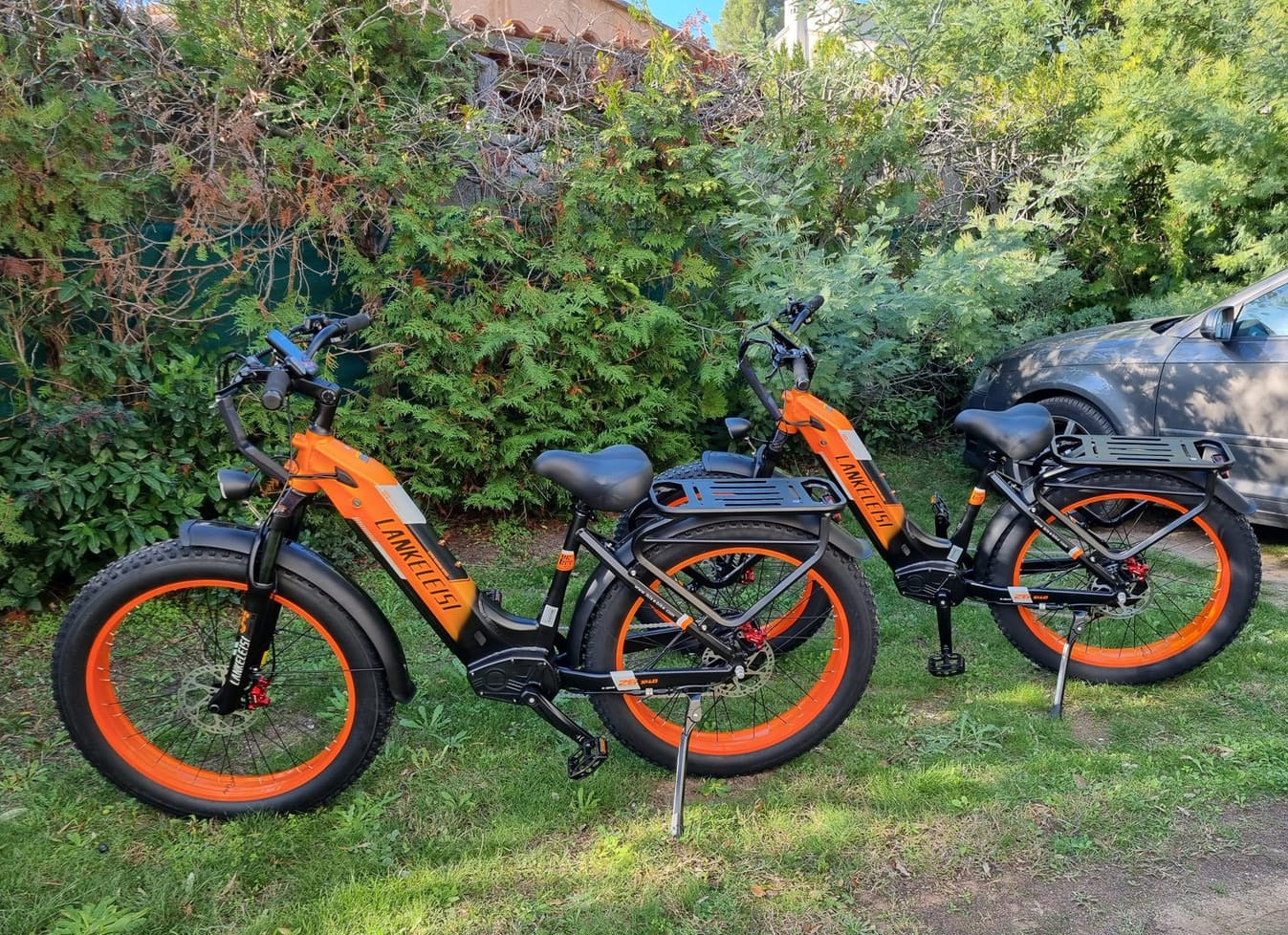


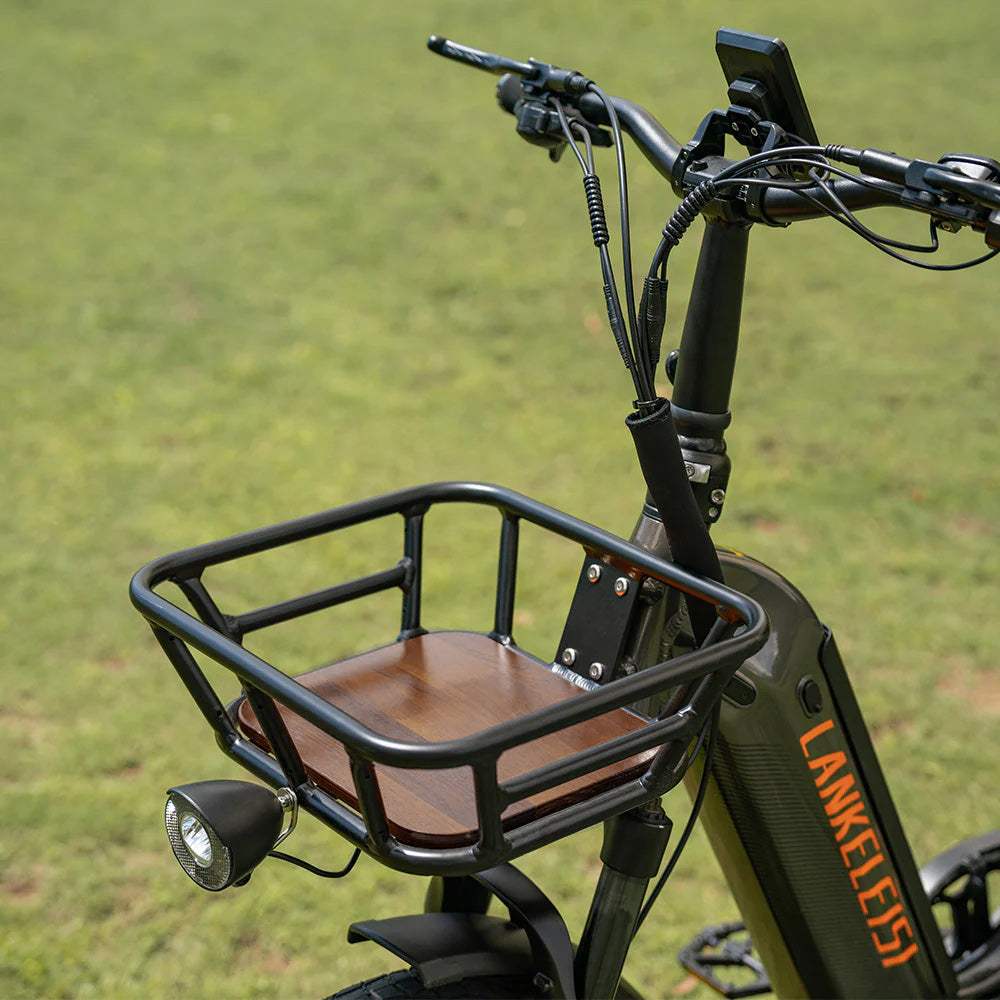


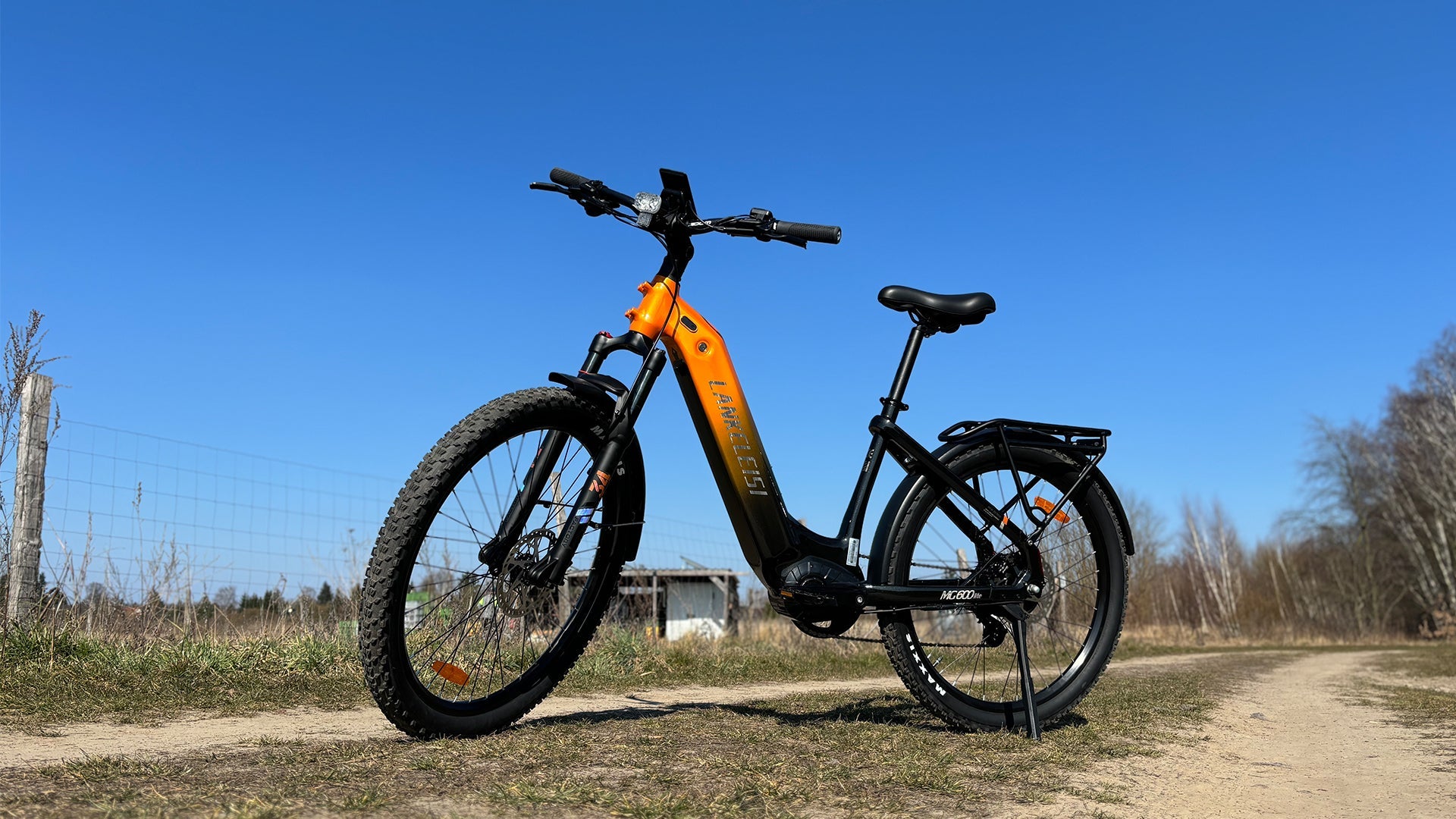











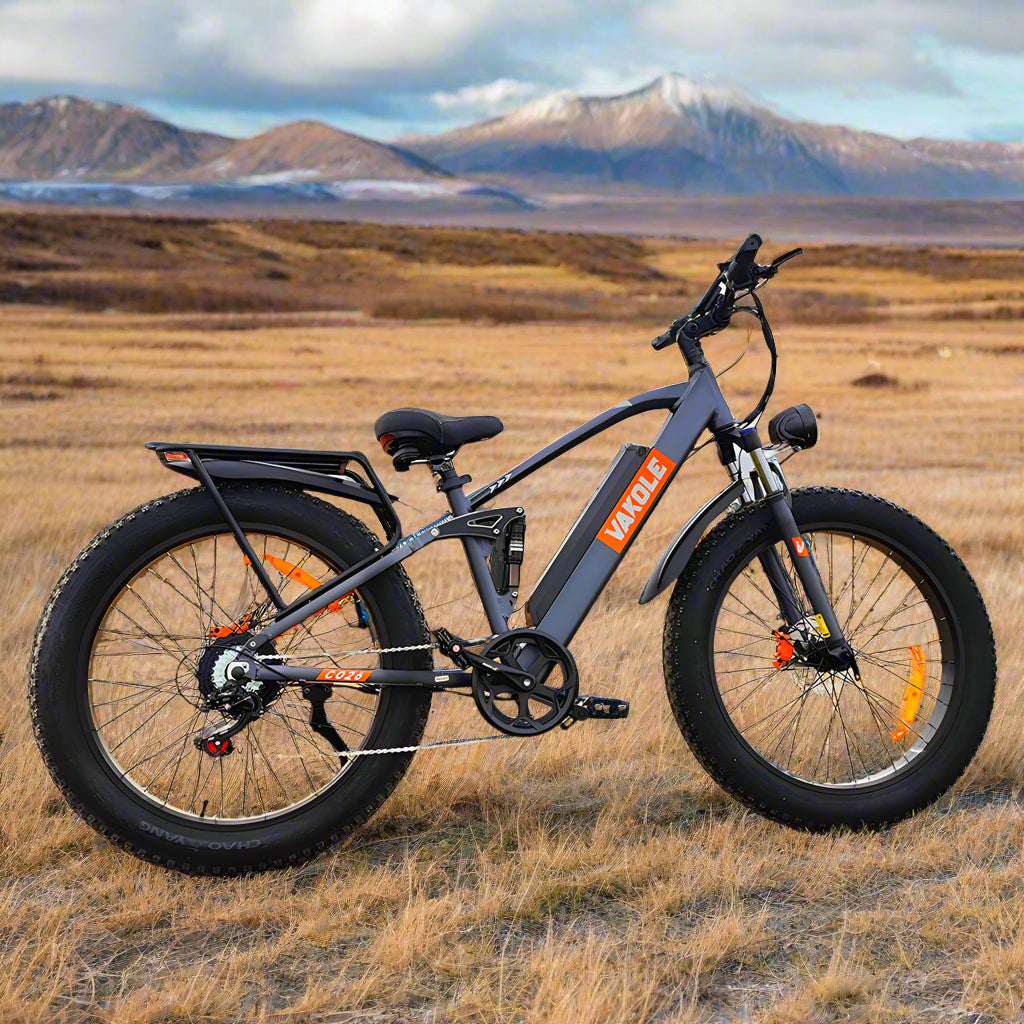



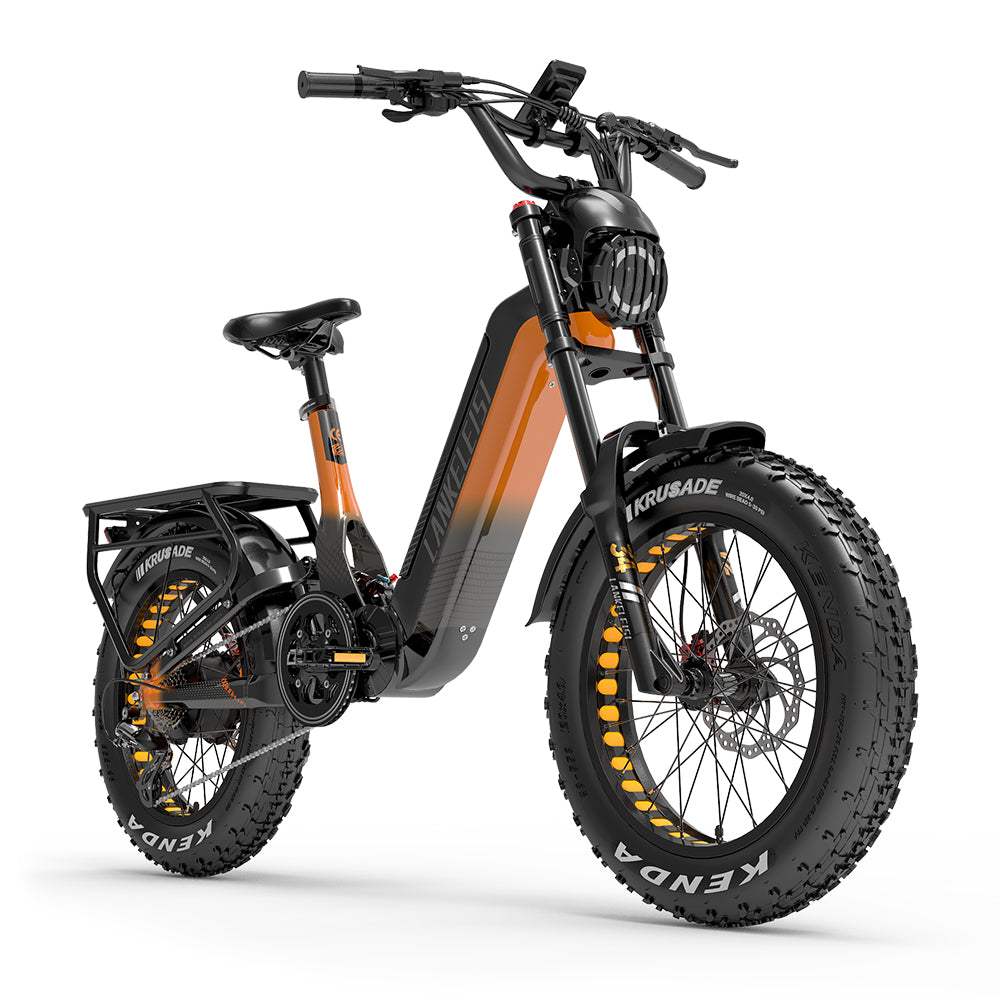
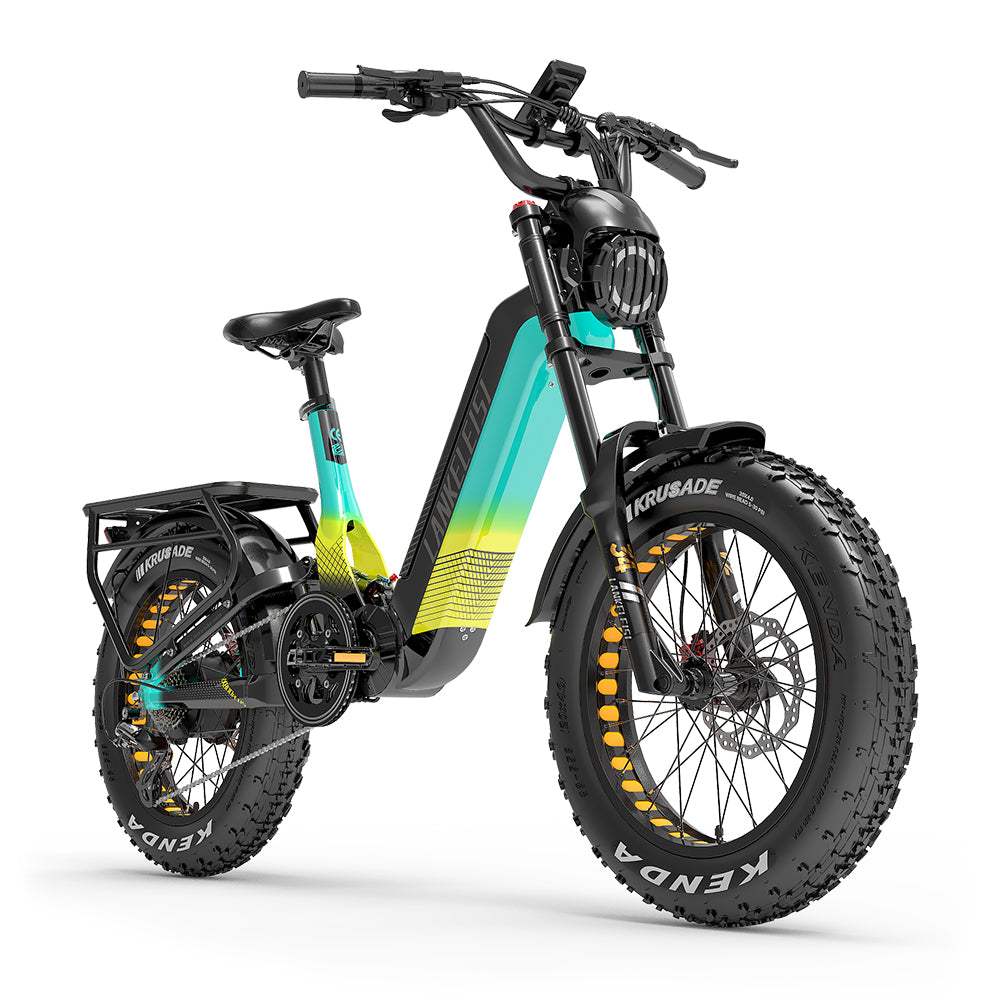

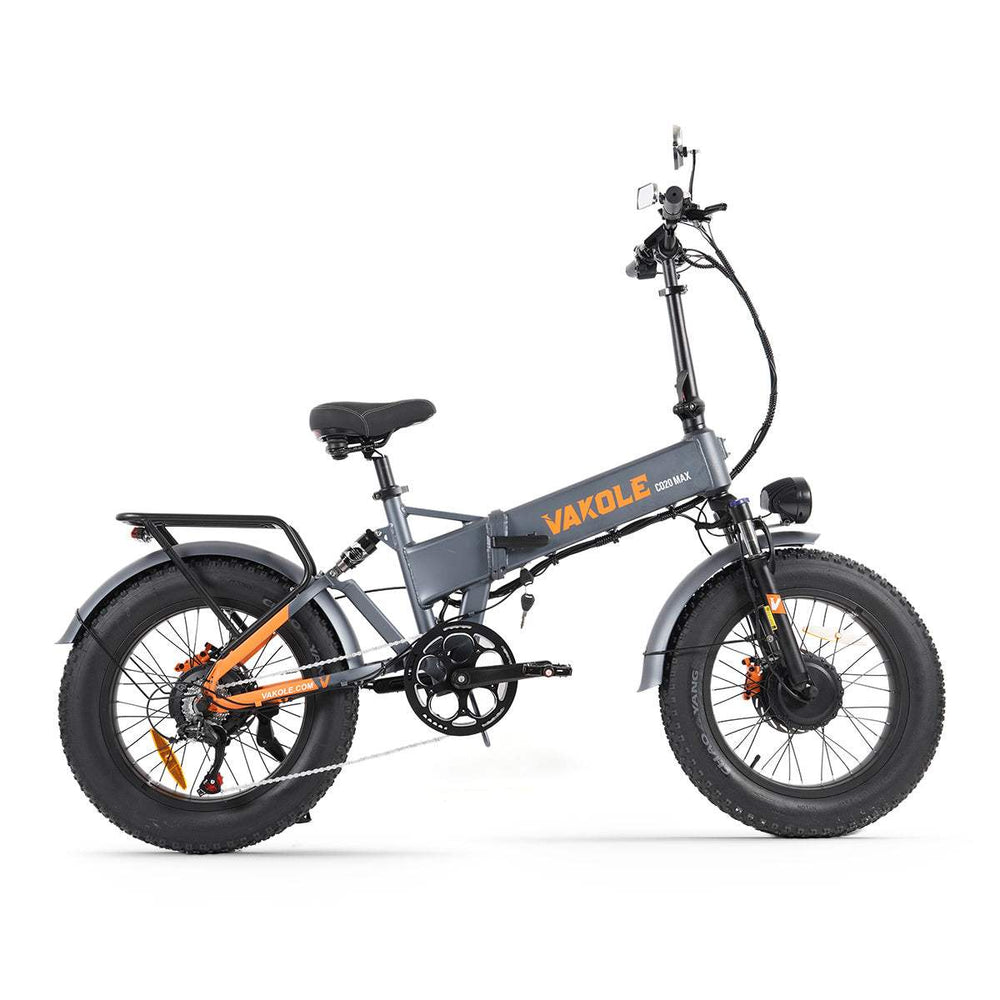





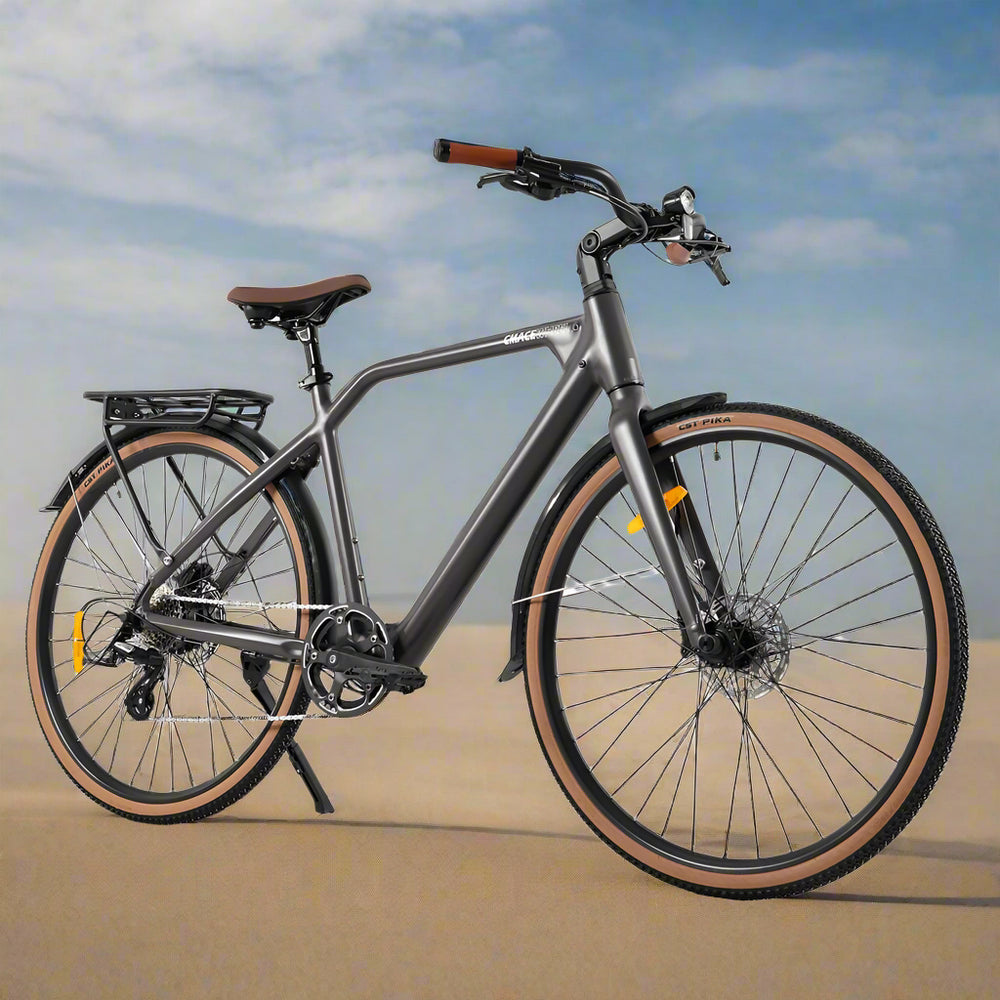




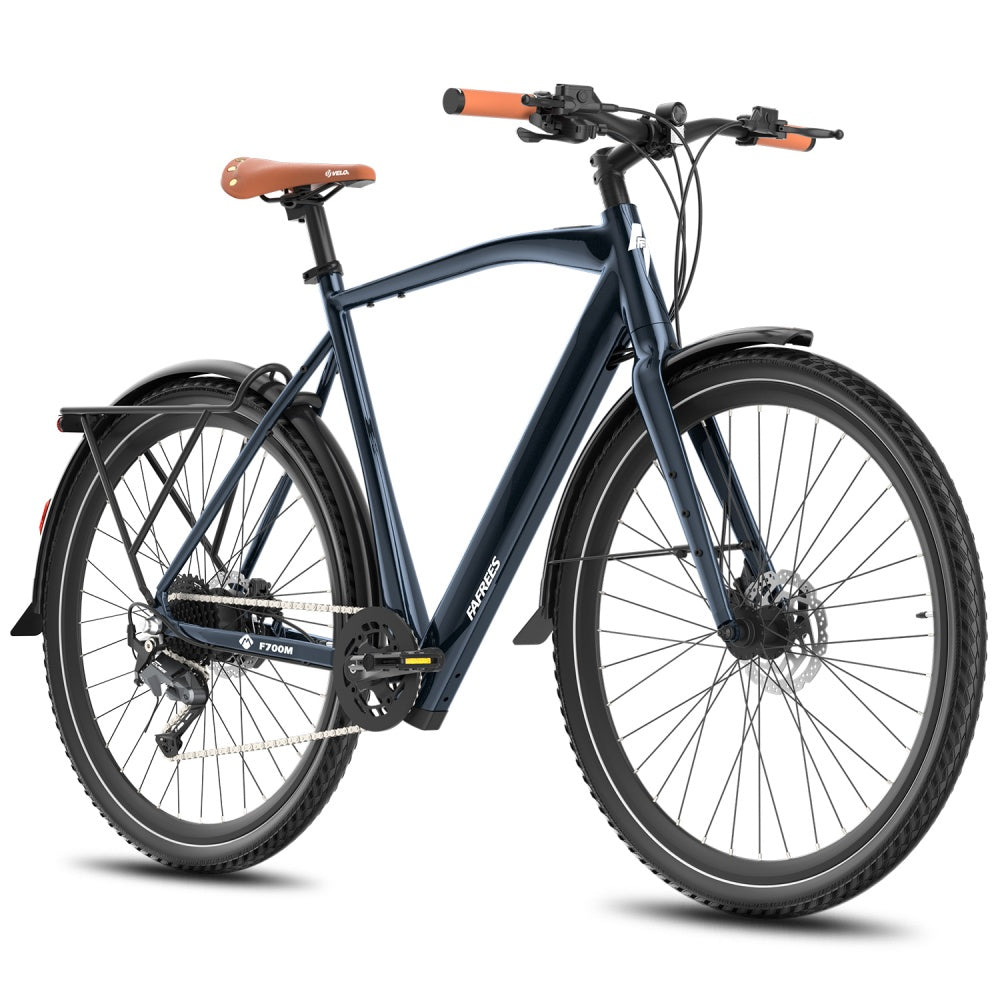
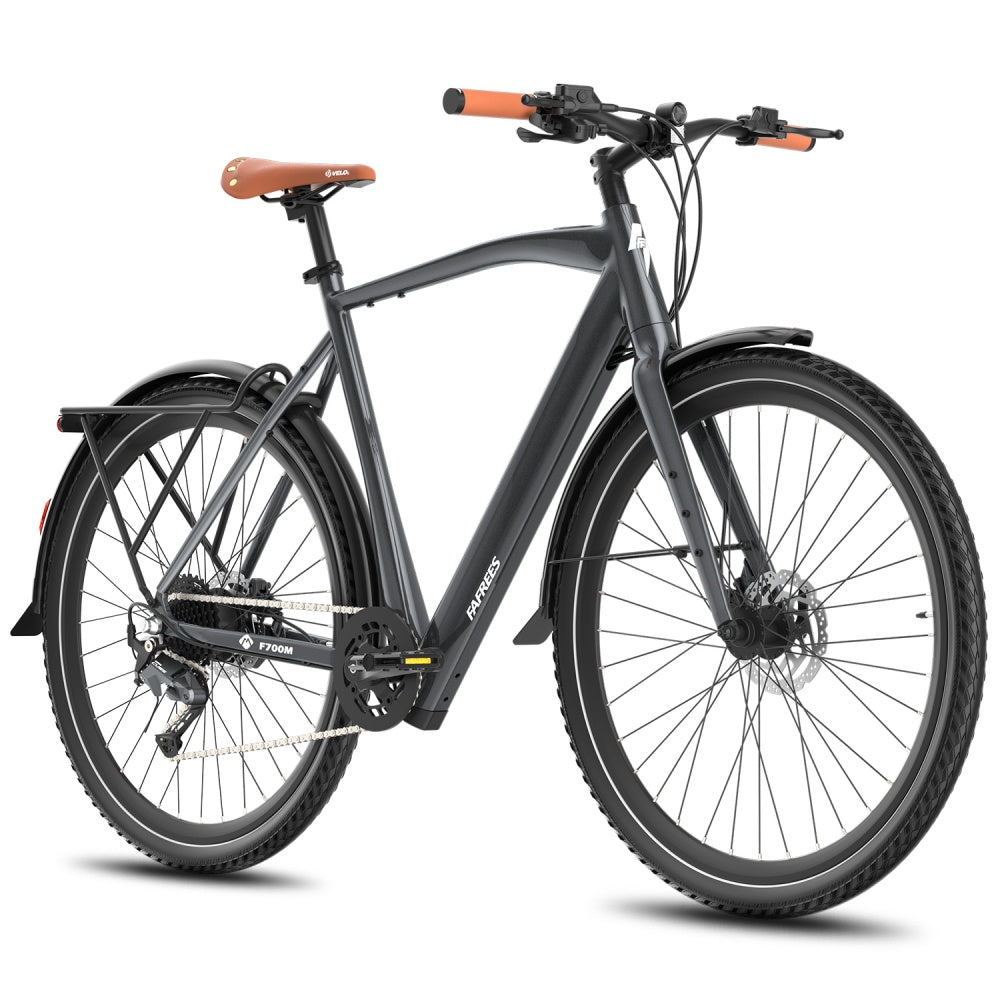




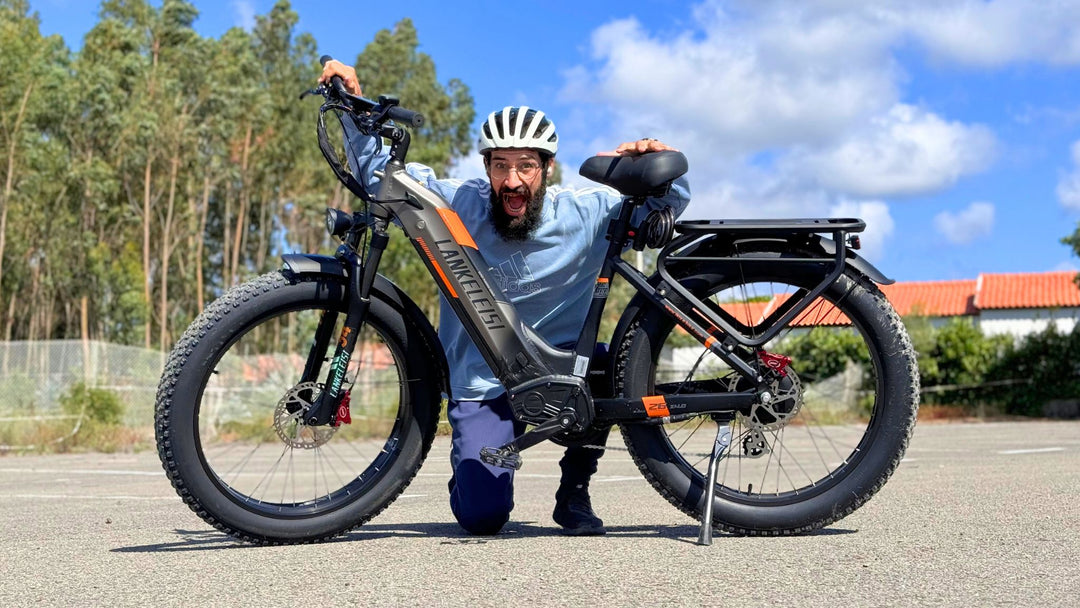
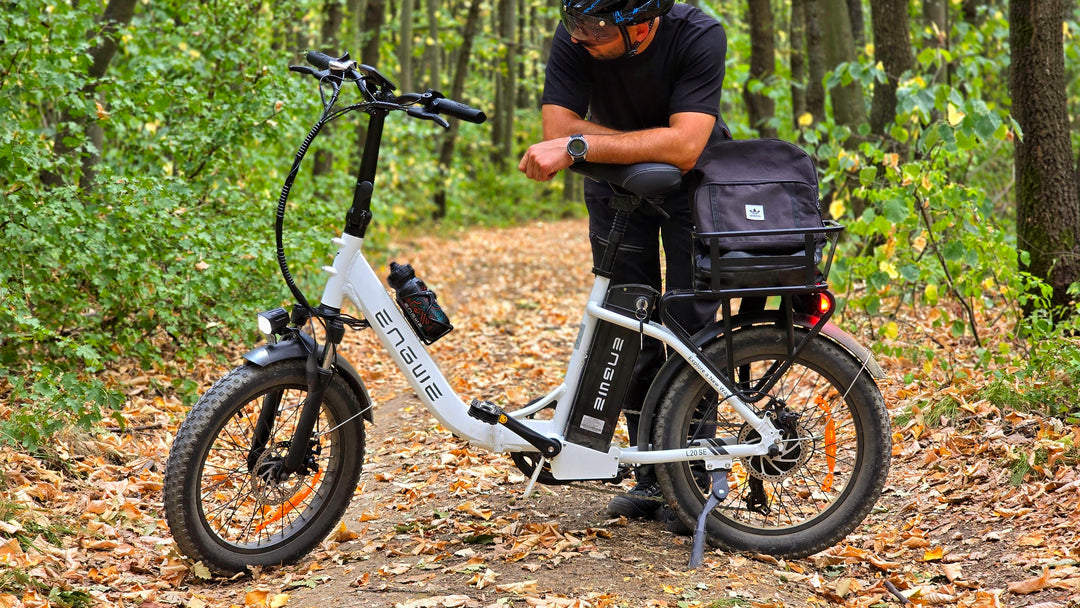
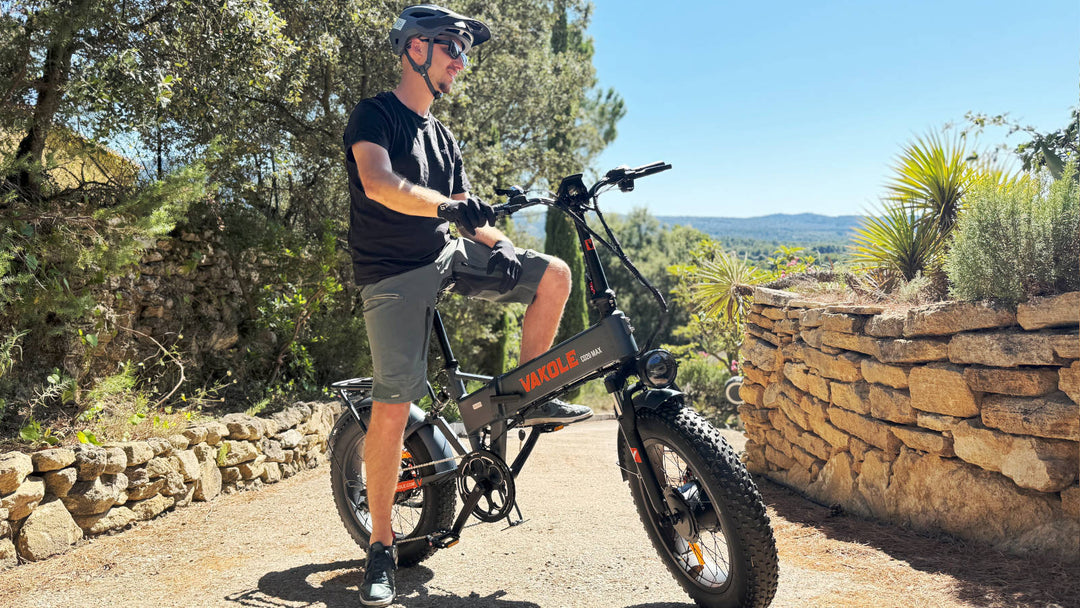
Leave a comment